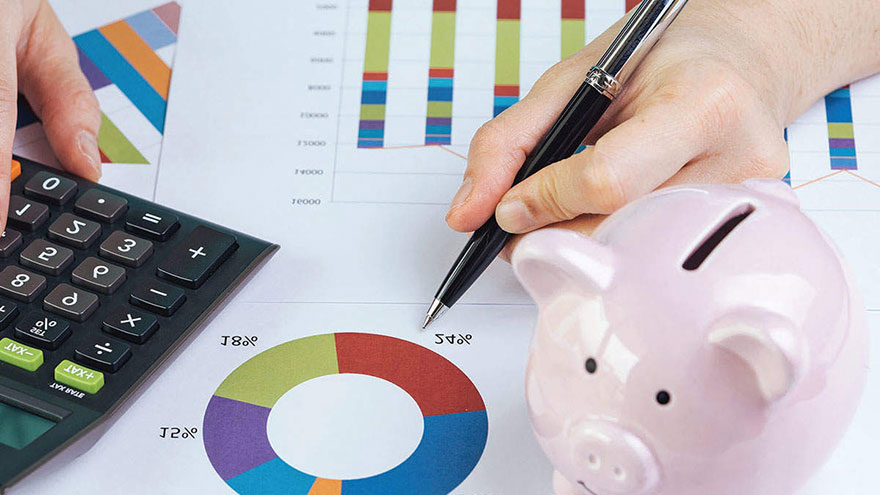How to Calculate the Rate of Return on a Bond
When bonds are issued, they are assigned a par value and a stated interest rate. However, bonds are traded like stocks, which means that the price you pay to buy a bond may not equal the par value.
Regardless of the price you pay, the interest payment remains fixed based on the par value on the stated interest rate. To accurately calculate your return, you need to calculate the rate of return based on your purchase price.
Steps to Calculate the Rate of Return on a Bond

1. Check the price you paid for the bond.
2. Consult your bond’s financial information to determine the par value and the stated interest rate.
3. Multiply the par value by the stated interest rate to find how much you will be paid in interest.
For example, if the par value of the bond is $250 and the stated interest rate equals 7.2 percent, you would get $18.
4. Divide the result from step 3 by the price you paid for the bond.
For example, if you paid $230 for the bond, you would divide $18 by $250 and get 0.072.
5. Multiply the result from step 4 by 100 to convert from a decimal to a percentage for the rate of return on the bond.
Continuing the example, you would multiply 100 by 0.072 to find the rate of return to be 7.2 percent.
You Might Also Like :: How to Compute the Yield on Semiannual-Paying Corporate Bonds

